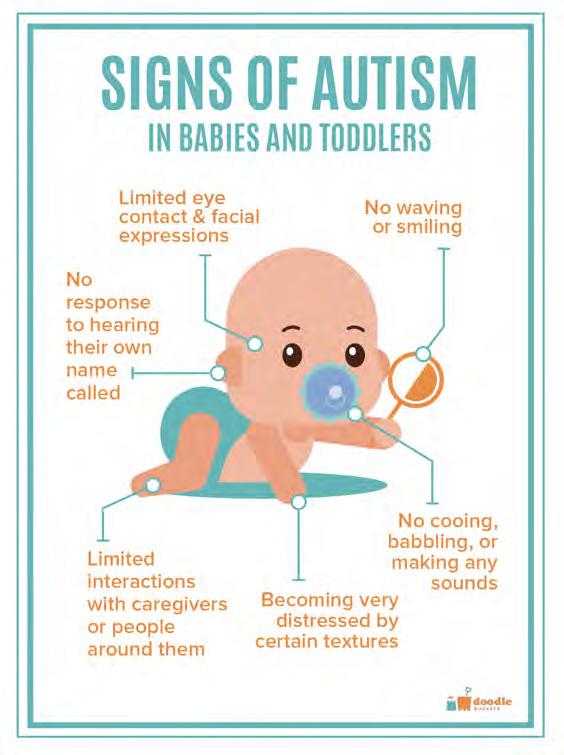
3 minute read
Modern Educational Design
child is getting the support they need. 97
Modern Educational Design
Advertisement
Potential of the Built Environment
“Albert Einstein - one of the leading intellectual luminaries of our time and an educator -
once declared that he did not teach his students. ‘I only attempt to provide the conditions in
which they learn.’” 98 Over time, the classroom hasevolved and can differ based on the target
age group that the space is intended for. Some important concepts regarding the learning
environment as a whole have continued throughout the past few decades, but there are several
advances within the success of an educational environment that has transformed the learning
space as we know it. 99 The key is to design for themost effective and beneficial experience for
the students while allowing them to feel curious, creative and empowered.
Author Daniel L. Duke is a well-established writer who focuses most of his work on
educational philosophies and how school systems work. He has extensive background within
different school systems where he has been able to put his first-hand experiences to use within
his writing. Duke explains how the “physical structure of a school has the potential to be a
vehicle for change. In other words, the design of school facilities can inspire alterations in the
nature, quality, and future direction of what goes on inside.” 100 Duke’s goal in this article is to
explain how the architecture and design of an educational facility can truly promote a healthy,
flourishing learning environment.
97 Ibid. 98 Ingrid. Woodley “The Psychology of Interior Designfor the Learning Space: Fohlio.” (Fohlio Blog, 2020). 99 Ingrid. Woodley “The Psychology of Interior Designfor the Learning Space: Fohlio.” (Fohlio Blog, 2020). 100 Daniel L. Duke, et. al. “Rethinking Educational Designin New School Construction.” (International Journalof Educational Reform 7, no. 2 (April 1, 1998): 158–67.
Human Factors Research Laboratory, within the Division of Kinesiology University of
Minnesota. His thesis within this article states the effect of educational ergonomics on learning
and teaching abilities can be heavily influenced by architecture and design. 101 Smith also
explains the idea that human factors and ergonomics can deeply improve the design of
educational environments to benefit the users specifically. 102
History of “Killing Creativity” in Students Ken Robinson, speaks in a TEDTalk about the overall design and pattern of education
and questions if it kills children’s creativity. Children, especially preschool-aged children, have a
creative mind that is infinite and has no boundaries. They take chances and “they are not
frightened of being wrong…and by the time they get to be adults, most kids have lost that
capacity. They have become frightened of being wrong”. 103 Robinson also explains that “the
whole system of public education around the world is a protracted process of university entrance;
and the consequence is that many highly talented, brillant, creative people think they’re not,
because the thing they were good at in school wasn’t valued, or was actually stigmatized” 104
This is no way to teach the young children of the world, as they too will be leaders in no time.
Creativity comes from the different ways that people see things and how they interpret it. 105
Most importantly, Robinson talks about a young girl who was having issues with focusing at
school, as she was diagnosed with ADHD, and her mom took her to a dance school where she
finally felt free. She was able to move, and she said she “needed to move to think”. 106 This was a
101 Thomas J. Smith “Educational Design and Learning - the next Frontier for Human Factors/Ergonomics - Panel Summary.” Proceedings of the Human Factors and ErgonomicsSociety Annual Meeting 45, no. 9 (2001): 753–57. 102 Ibid. 103 Ken Robinson. “Do Schools Kill Creativity? | Sir Ken Robinson - YouTube.” YouTube. TED, January 7, 2007. 104 Ibid. 105 Ibid. 106 Ibid.








